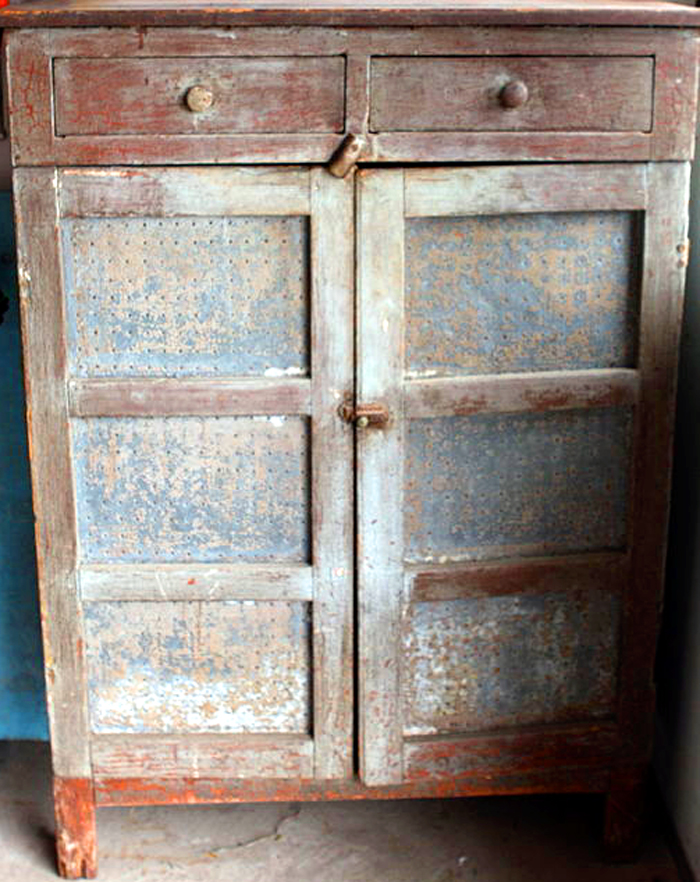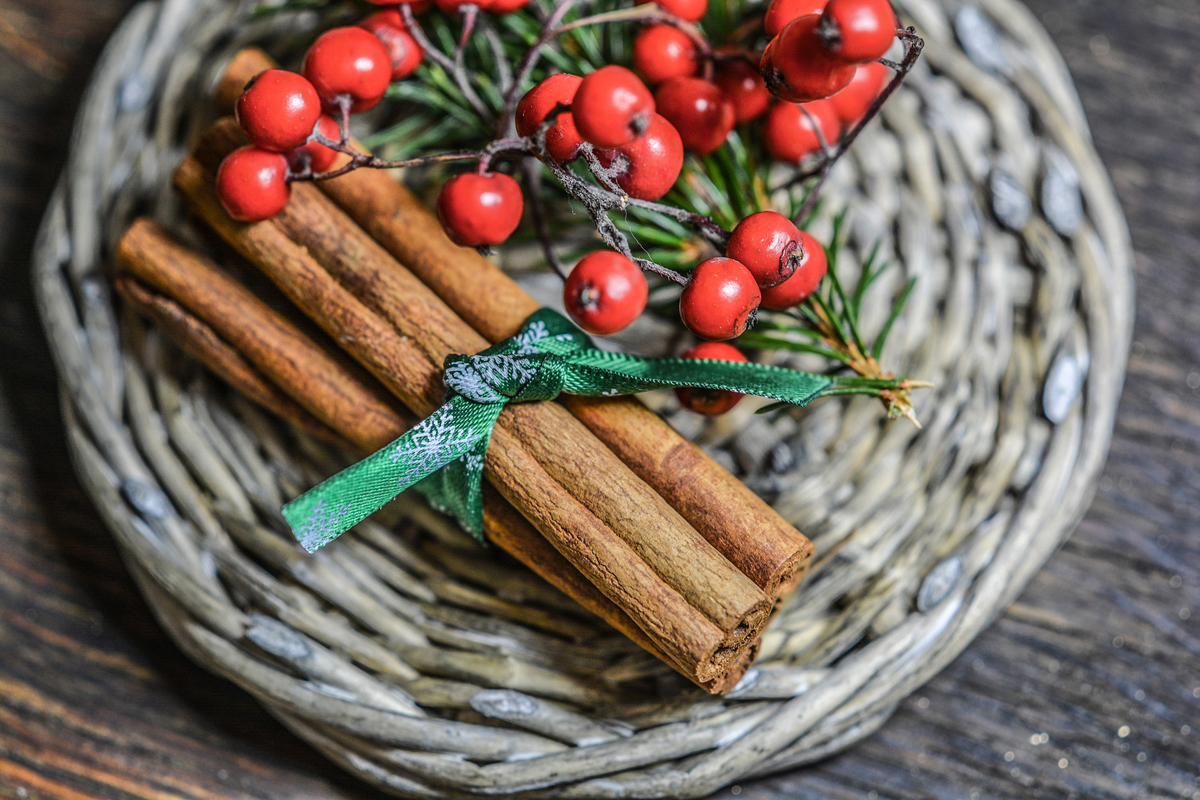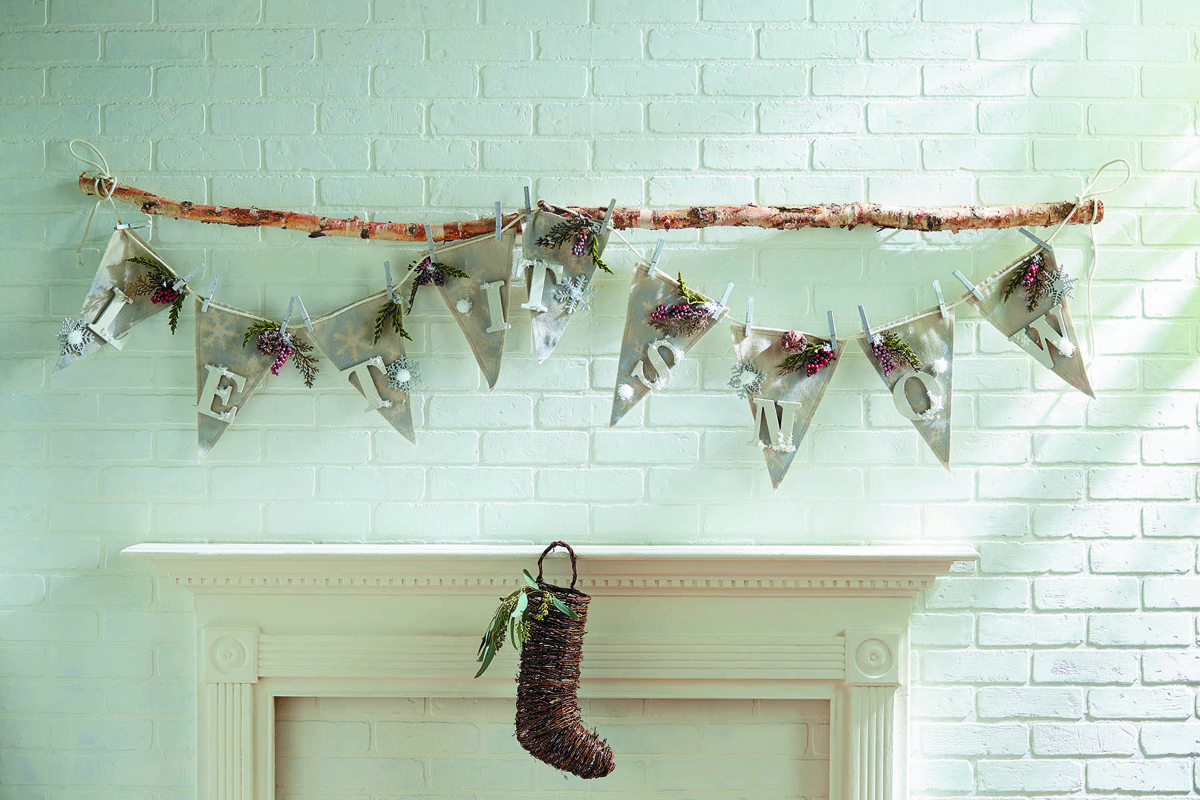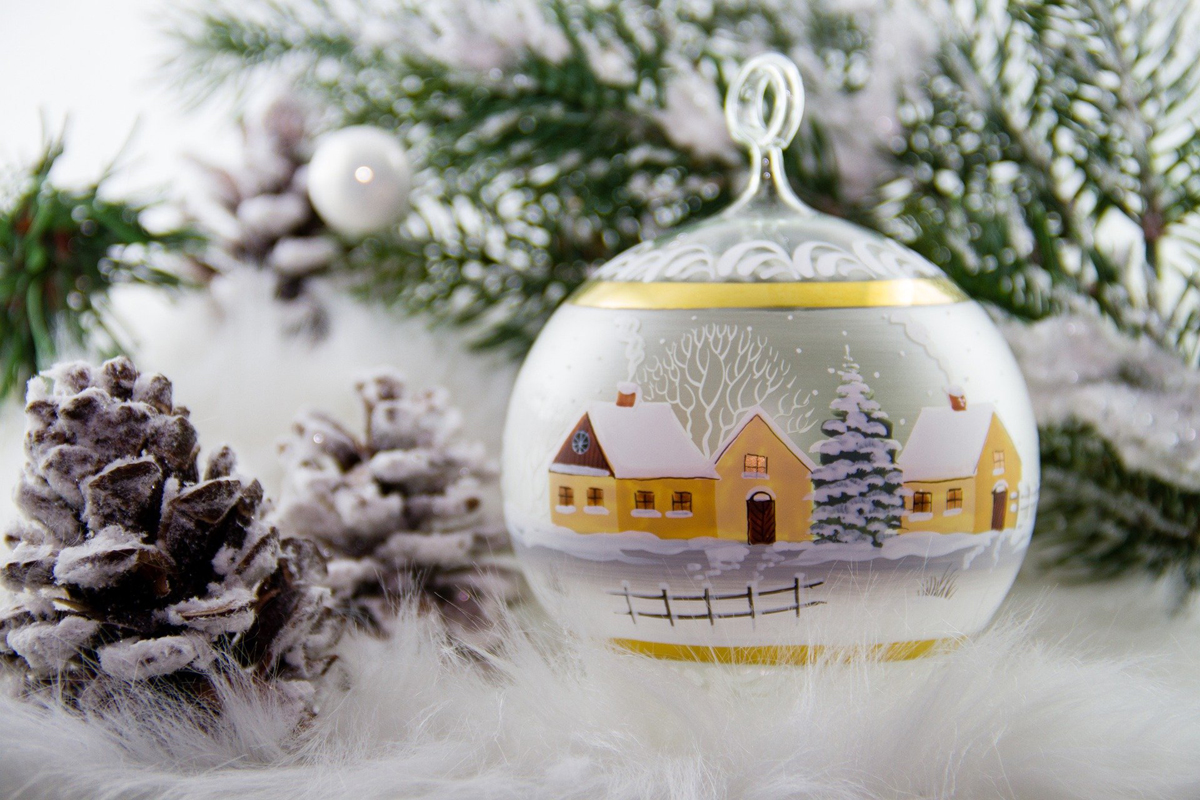Unique Early American Furniture -The Pie Safe

The pie safe of the early 1800s was a wooden kitchen cupboard with several narrow shelves enclosed by fitted doors. Doors were crafted from various materials, including punched tin, grill work, screens, or fabric. Although the pie safe was made to protect the sweet treats from rodents and insects the construction did allow for air circulation. Air circulation was actually an incidental positive feature, since it helped reduce mold developing on the stored foods. With lack of modern refrigeration and food preservatives cooks had no other way to insure freshness and safety of their pies.
Construction
The standard American pie safe stood on the floor supported by 4 legs. However, in the Pennsylvania Dutch region, during the 18th century, hanging models were popular. Some pie safes from this region have been found to have extensions of wood with holes, thereby allowing the flexibility of the piece resting on the floor or being hung. Typically, the doors from the Pennsylvania Dutch region were crafted from tinware that displayed unique and interesting patterns. By 1830, tin smiths were producing quality doors, while cabinet makers had perfected the craft of making more durable cupboards. The center of production for these cupboards was Connecticut.
Regional Differences
It is possible to identify the region of the country where a pie safe was crafted by the type of wood used in construction.
Cabinet makers from the Carolinas and Virginia typically used yellow pine.
In the Pennsylvania and New England region soft pine was the preferred wood. In Texas, pie safes were crafted from Spanish cedar. Those made from cherry and curly maple are rare in all regions.
Determining Value
With many antiques the following list provides the factors that help determine the value and cost of a piece. However, value is often in the eye of the beholder and cost follows value. None-the-less, here are the primary determinants of value.
- Age
- Region of country where crafted
- Construction- For example, chestnut wood is rarer than pine, oak was rare, poplar was common
- Construction and Intricacy of Doors- detailed patterned tin punch will cost more than solid doors
- Unique finishes- painted or unpainted, preferred colors are red, green, goldenrod
- Provenance-can the piece be attributed to a particular cabinet maker or tinsmith, or personage of historical significance owning the piece at one time
Prices Realized
Records of shopkeepers in the 1830s show pie safes were advertised between $8.00 and $12.00.
2013 an American, 19th century, chestnut wood with eight pinwheel tins and old red paint sold for $2300.00 at auction.
2013 an American, first half 19th century crafted of pine with poplar secondary, punched tin doors and sides and lower drawer with wooden pull realized $645.00 at auction.
Progress
By the latter part of the 19th century pie safes were being produced in factories. No longer were they unique creations of individual cabinet makers. As the century moved forward, oak became the popular wood to produce ice boxes in which a block of ice was used to store foods. This marked the beginning of early refrigeration and the end of storing foods in a pie safe.
→ Top Tips For Cleaning Your Silver Antiques
The Author:
Beverly A. is the Proprietor of The Iron Gate Antiques & Collectibles, Douglas, MA. I am a freelance writer, collector, and avid auction attendee. Ii have recently rediscovered the joy of cooking though not the joy of cleaning up.









Hello, I have a pie chest that was recently passed down from my grandfather. If I send you some photos of it, could you perhaps provide some information on it (price, maybe where it was made if possible, or even the history, again if possible). Get me to me when you can, thank you.